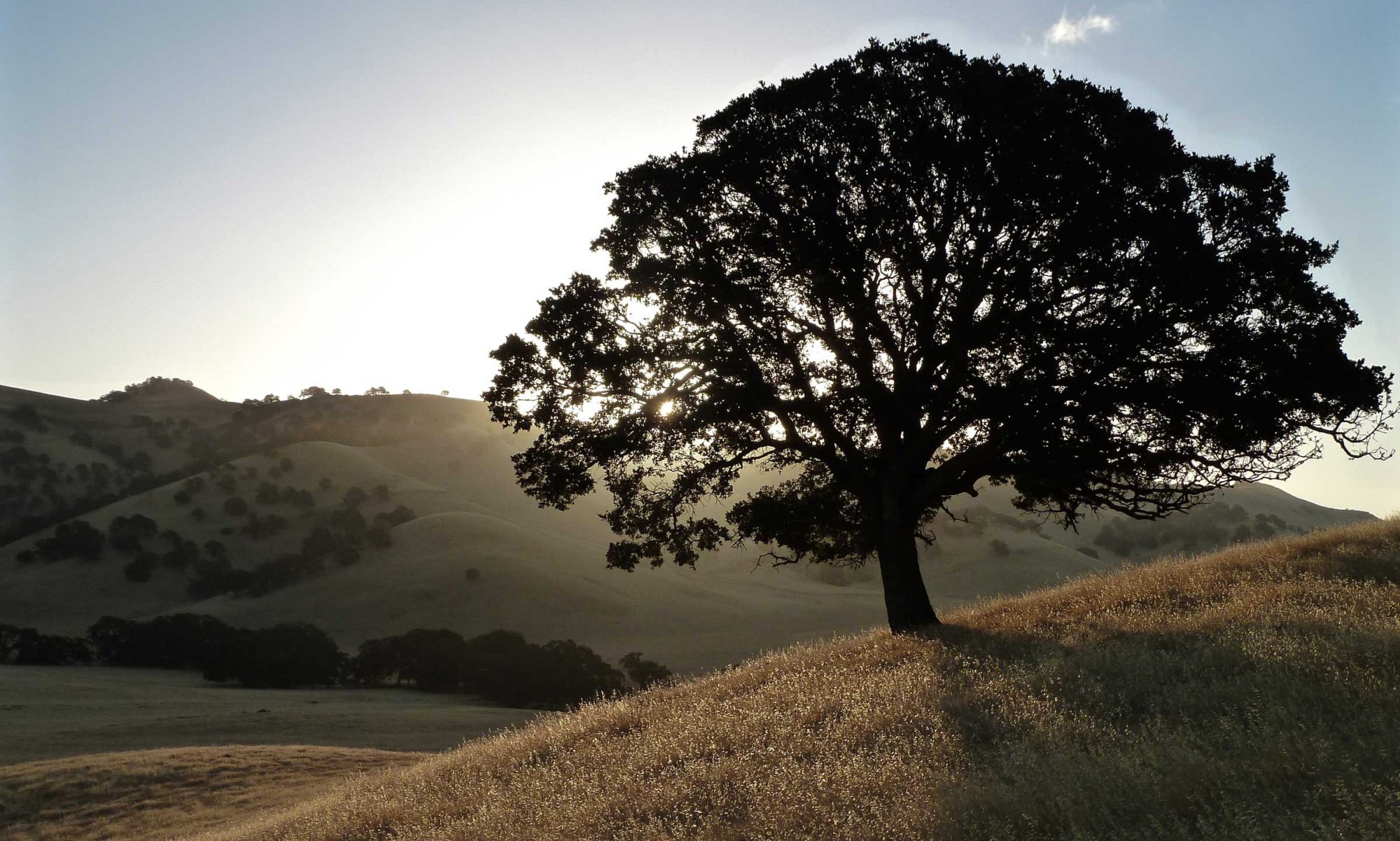
WH-1026 An Evening with Windham Hill Live featuring George Winston, Alex deGrassi, William Ackerman, Michael Hedges, Liz Story, Scott Cossu, Darol Anger, Chuck Greenberg
Review
Truly one of the great Windham Hill albums of all time, “An Evening with Windham Hill” features the classic Windham Hill artists at artistic peak of the label. While Ackerman, Winston, de Grassi continue to perform and record, often with even greater artistry than here, this album represents a clarity of vision and cohesion of styles that places it at the pinnacle of Windham Hill’s output.
Relaxed but uplifting, complex but with clarity, An Evening with Windham Hill is a required recording for any fan of the label.
Most telling about the label overall is Alex de Grassi’s introduction to Turning: Turning Back where he recounts how people tell him that they play the music at weddings and births – but “it’s really just about a trip Philadelphia.” de Grassi was writing about everyday places and moods – but touched a special chord with his fans.
Track Listings
Side One 19:59
Rickover’s Dream 4:30
- Michael Hedges – Guitar
- Composed by Michael Hedges
- Michael Hedges Music (BMI)
Turning: Turning Back 9:00
- Alex deGrassi – Guitar
- Composed by Alex deGrassi
Clockwork 6:23
- Alex deGrassi – Guitar
- Chuck Greenberg – Lyricon
- Darol Anger – Violin
- Michael Manring – Bass
- Michael Spiro – Percussion
- Composed by Alex deGrassi
- Tropo Music (BMI)
Side Two 22:01
Spare Change 5:29
- Michael Hedges – Guitar
- Liz Story – Piano
- Michael Manring – Bass
- Composed by Michael Hedges
- Michael Hedges Music (BMI)
Visiting 4:48
- Will Ackerman – Guitar
- Chuck Greenberg – Lyricon
- Michael Manring – Bass
- Composed by Will Ackerman
Hawk Circle 5:10
- Will Ackerman – Guitar
- George Winston – Piano
- Michael Hedges – Guitar
- Composed by Will Ackerman
Reflections/Lotus Feet 6:25
- George Winston – Piano
- Reflections Composed by George Winston
- Windham Hill Music (BMI)
- Lotus Feet Composed by John McLaughlin
- Warner Tamerlane Publishing Corp. and Chinmoy Music Inc. (BMI)
Samples
Reflections/Lotus Feet
Liner Notes and Credits
- Produced by William Ackerman
- AlexDe Grassi
- Steven Miller
On October 9th, 1982, a group of ten Windham Hill musicians gathered for two shows at the Berklee Performance Center, Boston, Massachusetts. It was during those two shows that these recordings were made. The success of the Berklee Performance Center shows made it inevitable that other Windham Hill Evenings would follow, including Carnegie Hall, Davies Symphony Hall in San Francisco, the Wax Museum in Washington, DC, and Symphony Hall in Boston to date.
- William Ackerman
- Chief Executive Officer
- Windham Hill Productions Inc.
- Engineered and Mixed by Steven Miller
- Recorded by the Fedco Audio Labs Remote Truck
- Remote Recording Crew – Bill Straus (Crew Chief), Nick Gutfreund and Bob Dickson.
- Mixed at Different Fur Studios, San Francisco
- Assistant Engineer – Don Mack
- Original half-speed mastering by Bernie Grundman, A&M
- Matrix and Pressings by The Pressing Plant, Irvine, CA
- Cover photo by Jerry Lukowicz
- Design by Anne Ackerman Robinson
All selections published by Windham Hill Music (BMI) except where noted. KEF speakers were used for audio monitoring and referencing on this recording.
Thanks to Steve Backer, Fred Taylor, Bill Strauss, Sue Auclair, Eric Jackson, Ron Della Chiesa and Al Goldman.
- Manufactured by Windham Hill Records
- Windham Hill Productions Inc.
- Box 9388, Stanford, CA 94305




